Milkweed in containers
Gerris2 (Joseph Delaware Zone 7a)
10 years ago
Related Stories
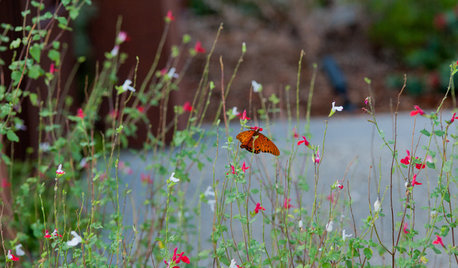
EARTH DAYCreate a Container Wildlife Habitat for Hummingbirds and Butterflies
Don’t let limited space prevent you from welcoming wildlife into your garden
Full Story
GARDENING GUIDESGreat Design Plant: Asclepias Incarnata for a Butterfly Garden
Beautiful swamp milkweed makes it easy to help monarchs and other pollinators in eastern U.S. gardens
Full Story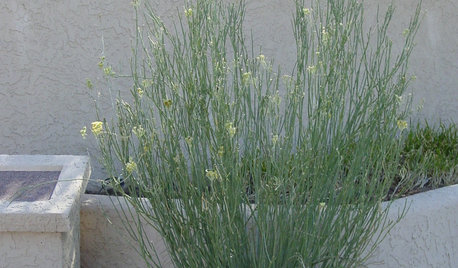
GARDENING GUIDESGreat Design Plant: Asclepias Subulata
With its attractive upright shape and yellow flowers, Southwest native rush milkweed adds beauty while attracting butterflies
Full Story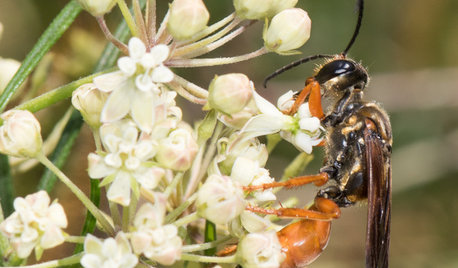
GARDENING GUIDESGreat Design Plant: Asclepias Verticillata
Plant whorled milkweed in dry central and eastern U.S. gardens to attract monarch butterflies and other insect pollinators
Full Story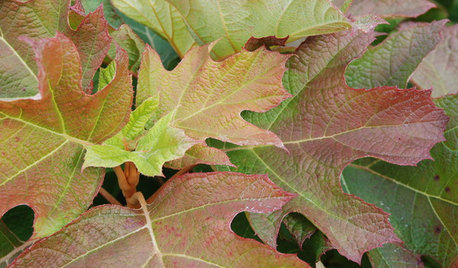
GARDENING GUIDESNortheast Gardener's November Checklist
Let titian foliage and berries, silky milkweed, late-blooming asters and more lure you out into the autumn garden
Full Story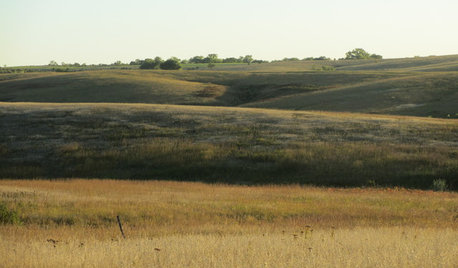
GARDENING GUIDESHow to Get Your Prairie On
Have a field day with your landscape, even if you've got just a few modern containers on a paved path
Full Story
GARDENING GUIDES6 Plants That Beat Butterfly Bush for the Wildlife Draw
It's invasive, a nonnative and a poor insect magnet. Check out these better alternatives to butterfly bush in the garden
Full Story
GARDENING GUIDESHow I Learned to Be an Imperfect Gardener
Letting go can lead to a deeper level of gardening and a richer relationship with the landscape. Here's how one nature lover did it
Full Story
GARDENING GUIDES6 Steps to Creating Your Butterfly Garden
Encourage these fanciful winged beauties to visit your garden while helping restore their fragmented habitat
Full Story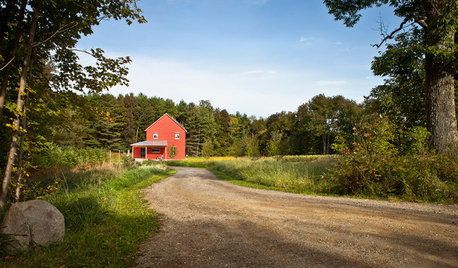
THE ART OF ARCHITECTUREFinding the Perfect Home for a New House
Sun, soil, water, topography and more offer important cues to siting your house on the land
Full StorySponsored






Mary Leek
Gerris2 (Joseph Delaware Zone 7a)Original Author
Related Professionals
Graham Landscape Architects & Landscape Designers · Roosevelt Landscape Architects & Landscape Designers · Woodinville Landscape Architects & Landscape Designers · Brentwood Landscape Contractors · Fort Myers Landscape Contractors · Glendale Heights Landscape Contractors · Lemay Landscape Contractors · Maywood Landscape Contractors · Seven Hills Landscape Contractors · Laurel Siding & Exteriors · Bozeman Siding & Exteriors · Oakville Siding & Exteriors · Mansfield General Contractors · Norridge General Contractors · Pine Hills General ContractorsMary Leek
kchd
cghpnd
cghpnd
runmede
Nadine123
runmede
docmom_gw
Nadine123
docmom_gw
docmom_gw
runmede
Nadine123
four (9B near 9A)
Crunch Hardtack
four (9B near 9A)
Crunch Hardtack